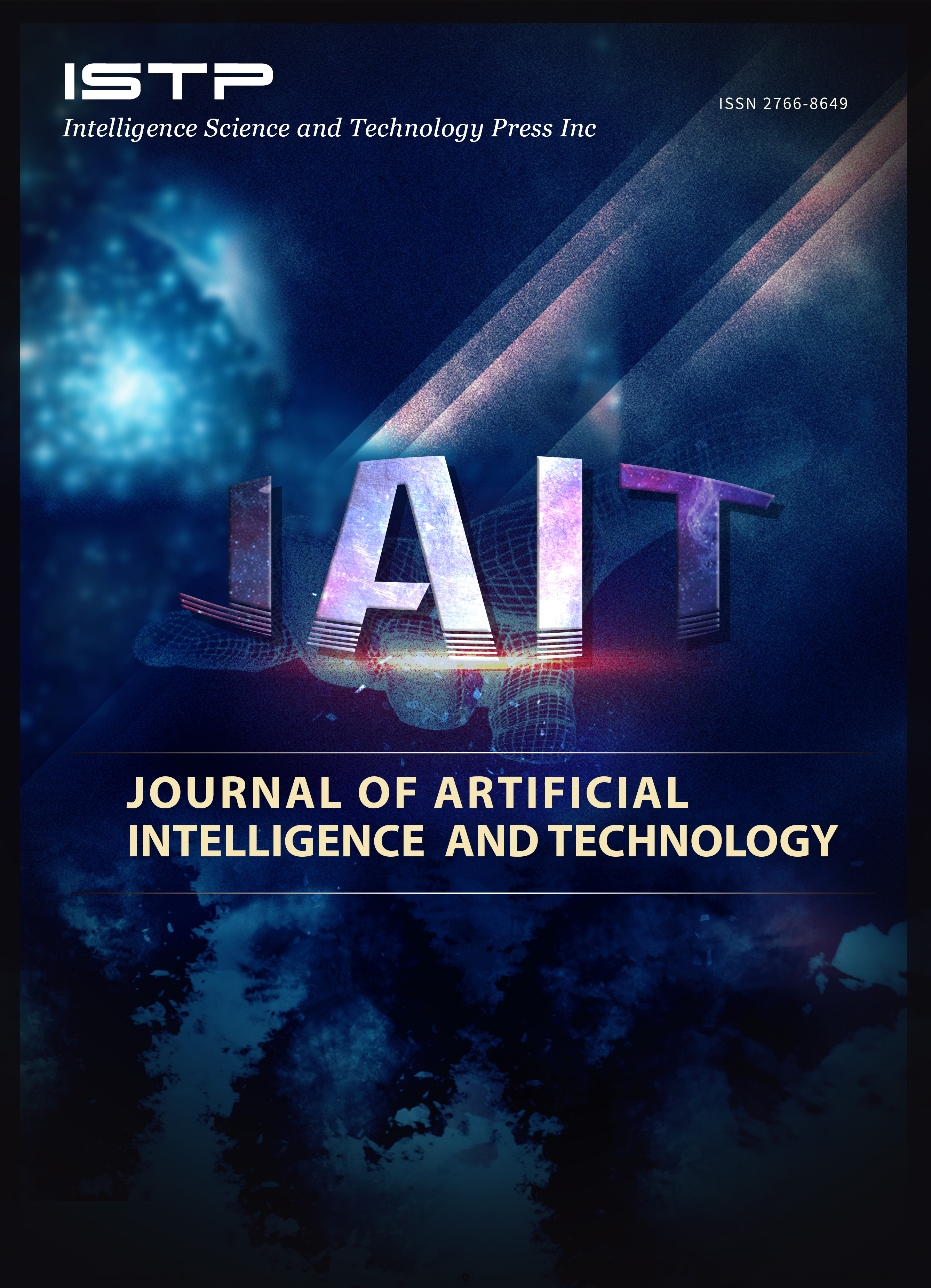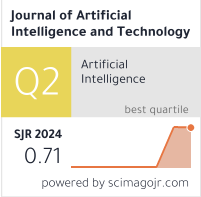Federated Deep Learning-Based Security Model Against DDoS Attack for Cloud Environment
DOI:
https://doi.org/10.37965/jait.2025.0798Keywords:
cloud computing, deep learning, distributed denial of service attacks, federated learning, security modelAbstract
Technological advancements on the internet have joined the realms of space, air, land, and sea warfare with a substantial impact on both personal and national security. Distributed denial of service (DDoS) attacks cause a denial of service for legitimate users by flooding a targeted network or service with large volumes of traffic from multiple hacked systems. This traffic dataset falls under the Bigdata category as DDoS attacks can generate a large amount of traffic in a brief period. Cloud-based networks and services are under threat from these attacks. Traditional machine learning-based DDoS attack detection lacks scalability, latency due to huge, centralized data requirements, and corresponding security concerns. Federated learning (FL)-based security model addresses these issues without sharing raw traffic data required for the training step. This paper proposes an FL-based security model for enhancing FL security in a cloud environment while preserving data privacy by default. The model focuses on trust assumption, FL protection mechanism, and trust boundaries using zero-trust principles. FL-based security model ensures CIA (confidentiality, integrity, and authentication) during the model training using CRYSTALS-Kyber post-quantum cryptographic algorithm, which is a lattice-based algorithm for key exchange. Even though it supports encryption, we use Advanced Encryption Standard (AES) for confidentiality. Simulation scenarios study the behavior of the system under different conditions to understand the effects of a DDoS attack on a cloud computing environment. The model achieves high DDoS detection accuracy with reduced communication overhead.
Published
How to Cite
Issue
Section
License
Copyright (c) 2025 Authors

This work is licensed under a Creative Commons Attribution 4.0 International License.





